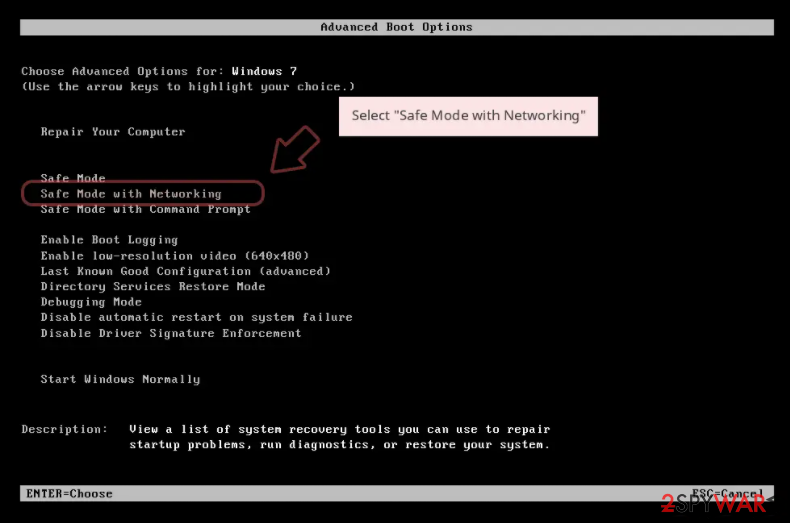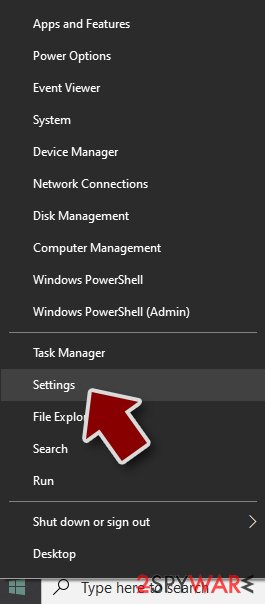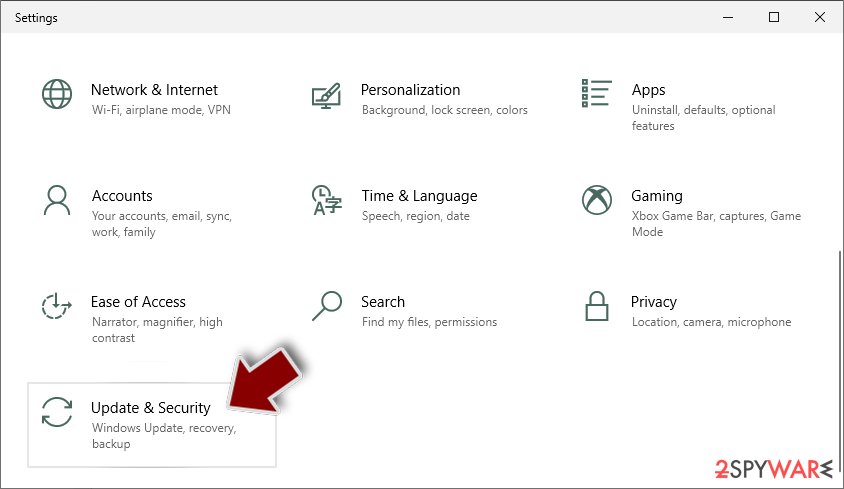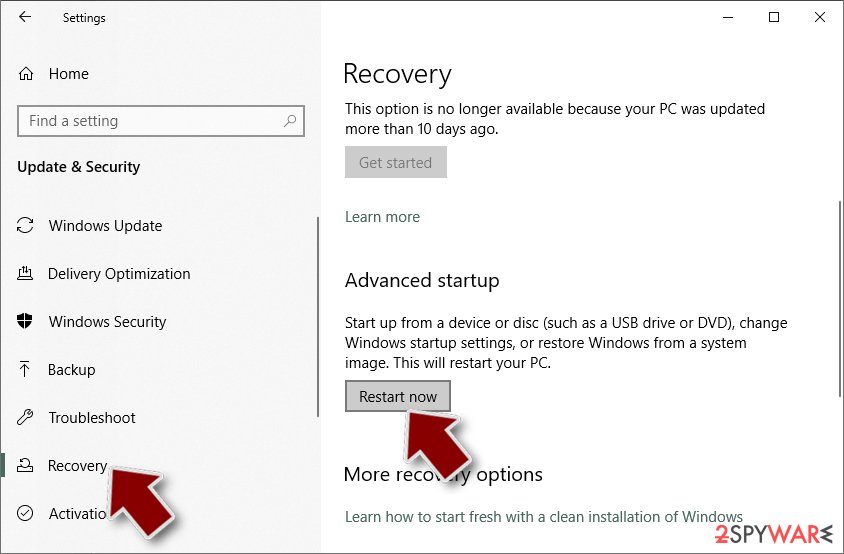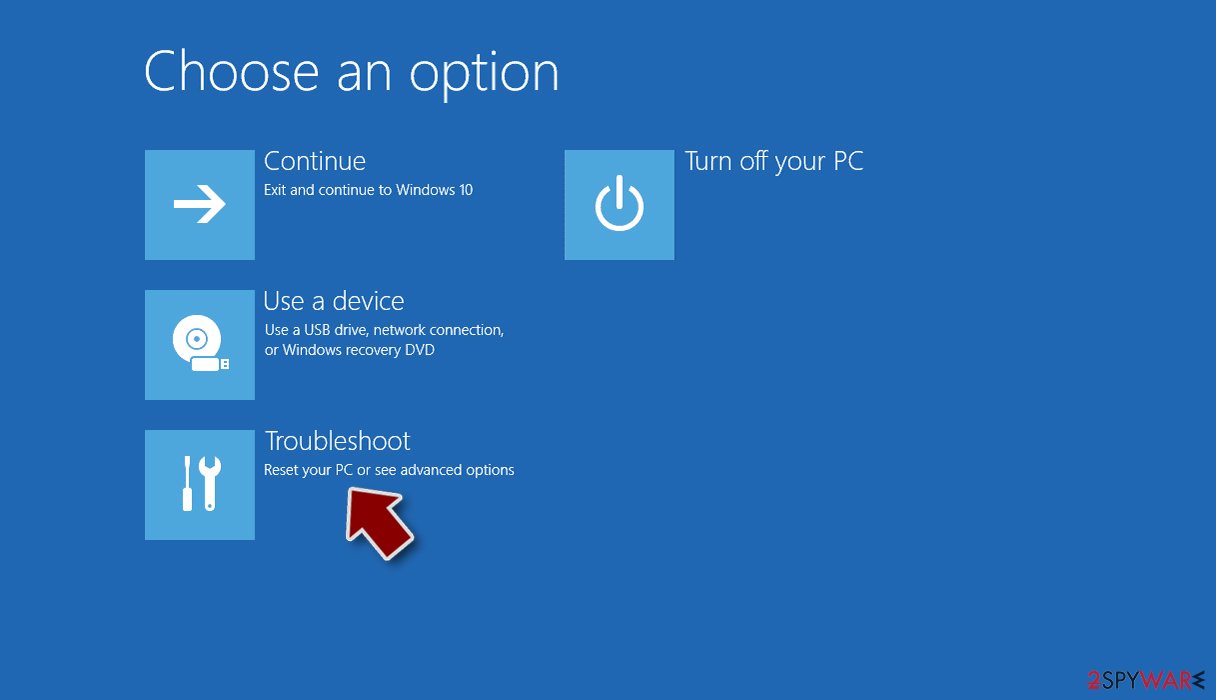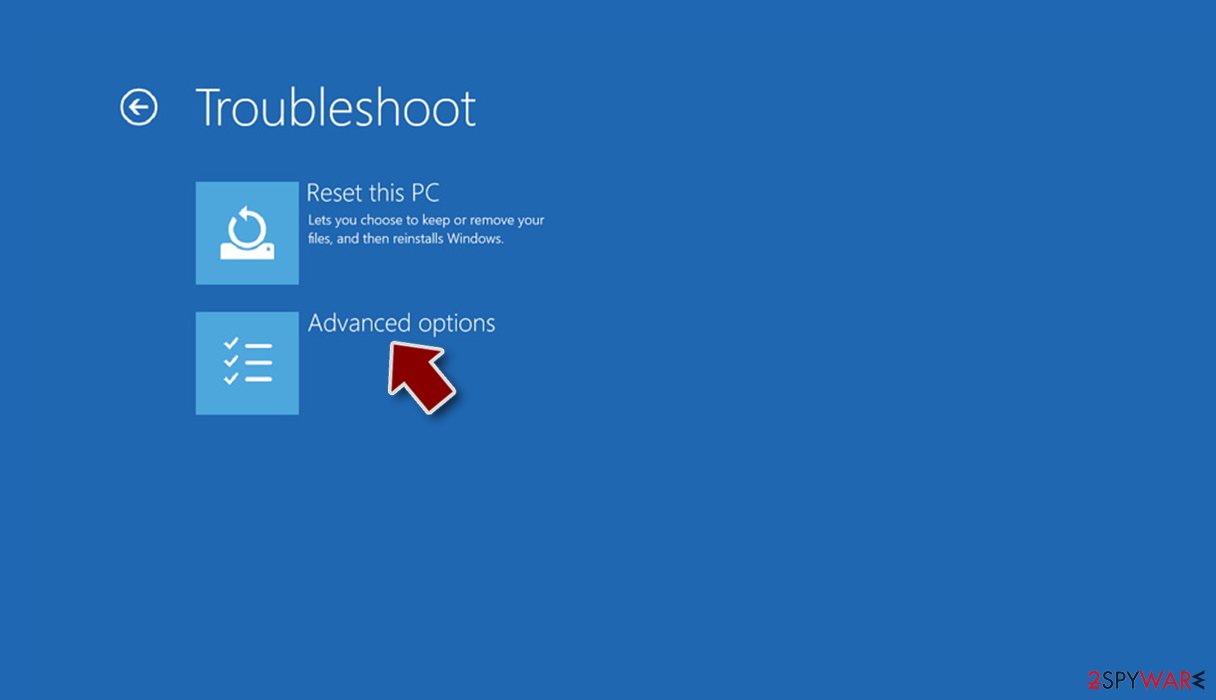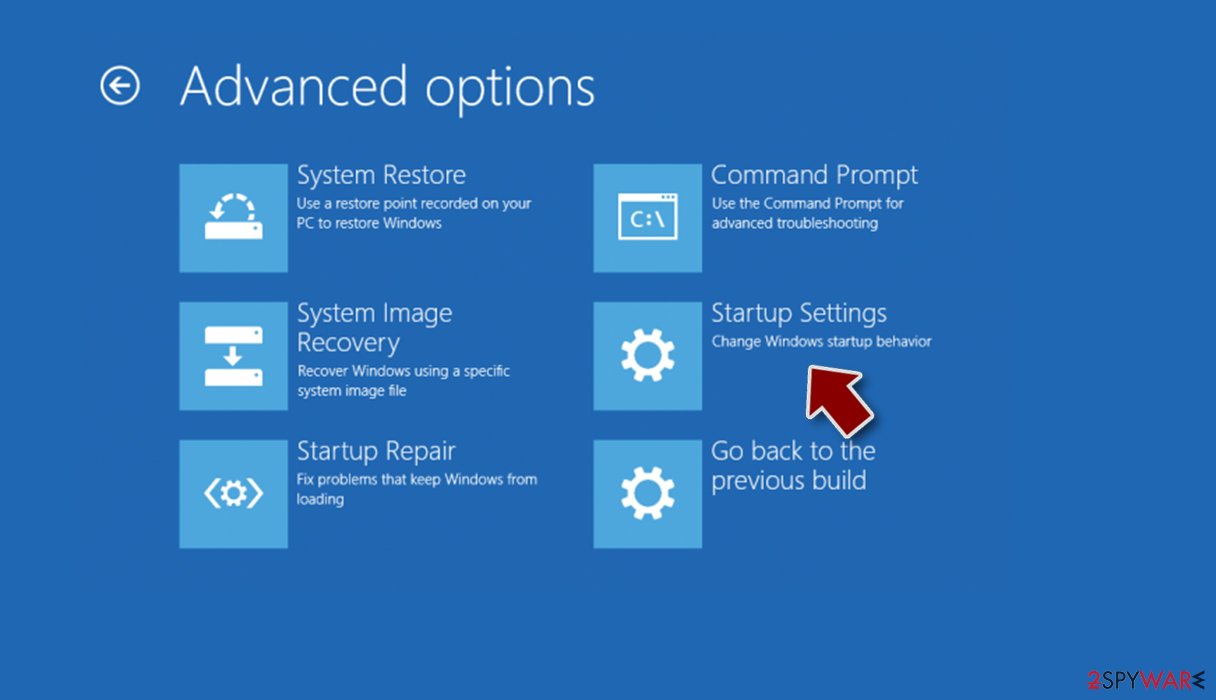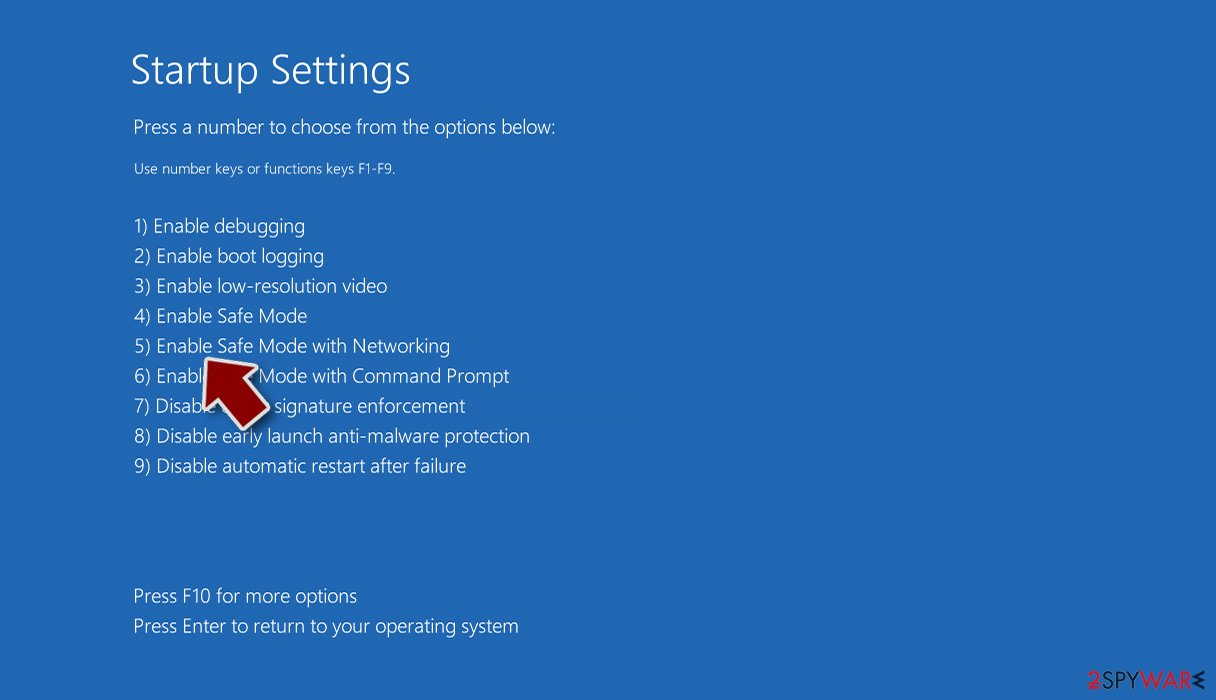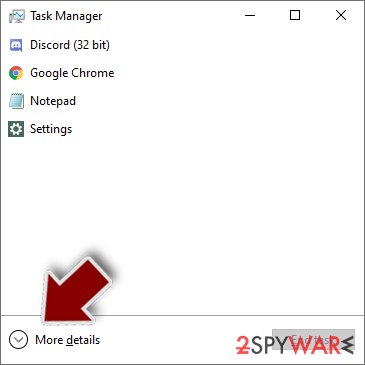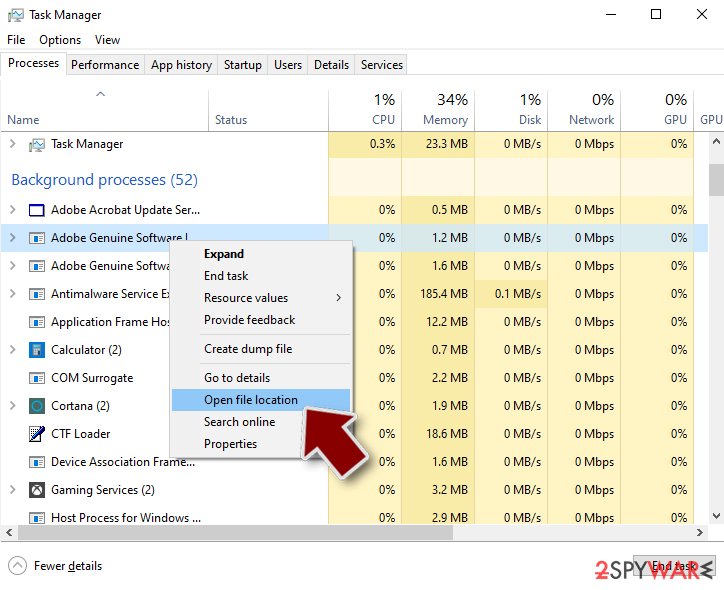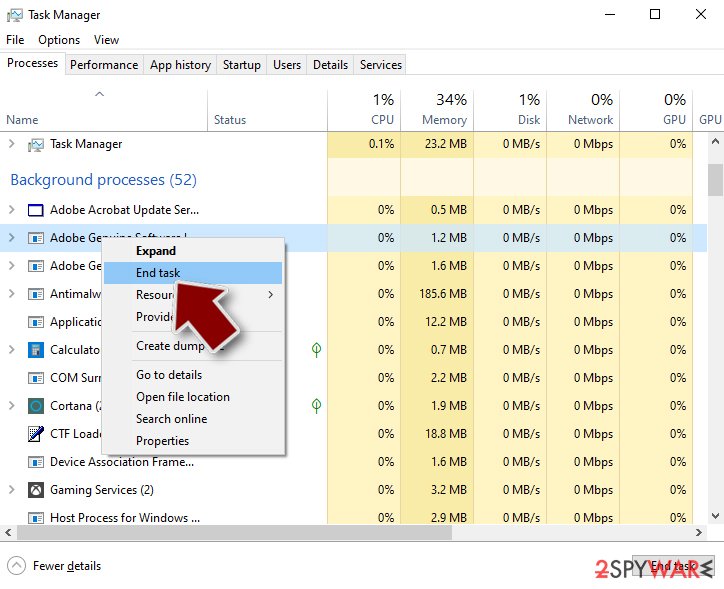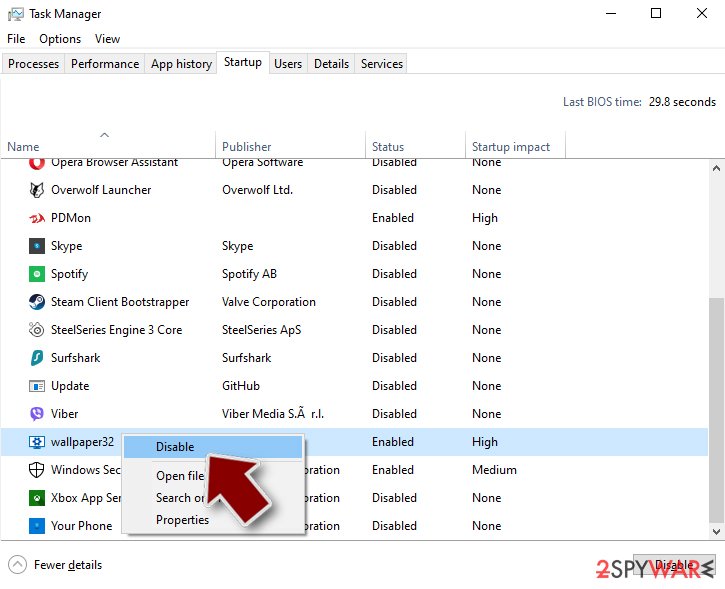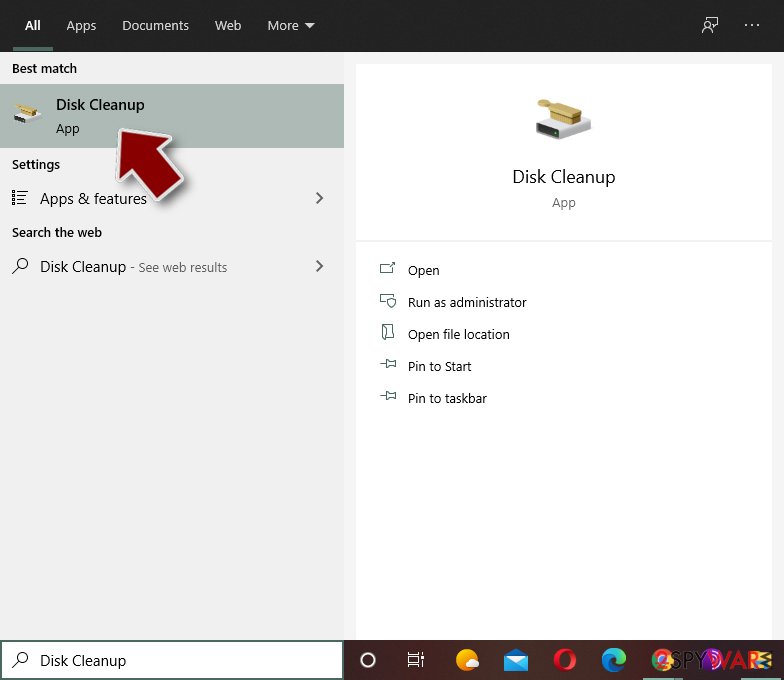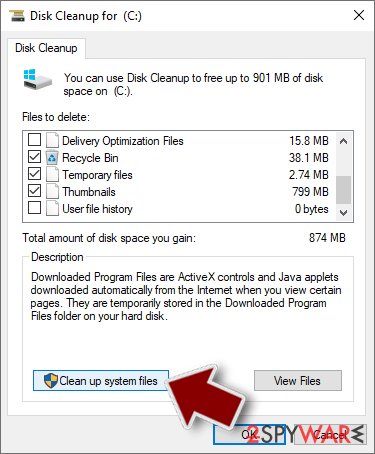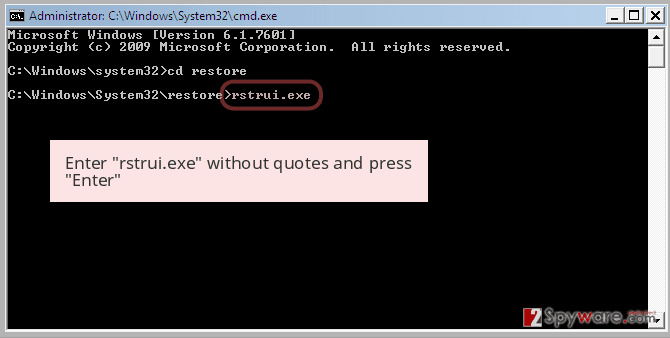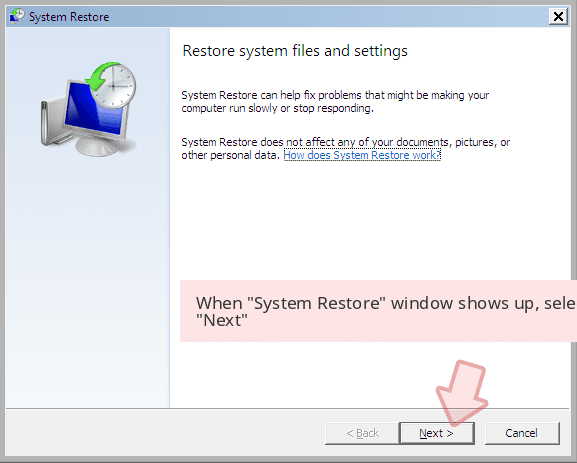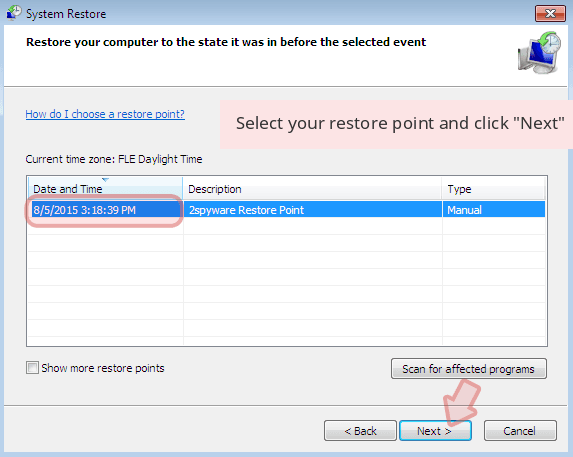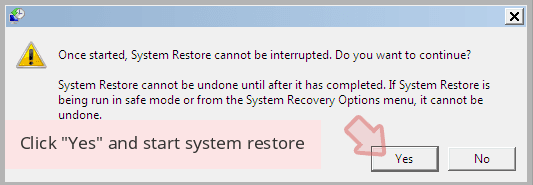Unlock26 ransomware / virus (Tutorial) - Virus Removal Instructions
Unlock26 virus Removal Guide
What is Unlock26 ransomware virus?
What is known about Unlock26 ransomware virus?
Unlock26 virus was spotted on 23rd of February, 2017. This ransomware-type[1] virus launches b1Z7gfdX0.exe process upon arrival on the system which compromises the system and then opens a ransom note called ReadMe-Q1u.html via Firefox browser. The message says that the victim must “go to one of this sites” and provides four different URLs leading to a page that says “Your data was locked. To unlock your data follow the instructions below.” The page displays five icons and asks to click on a particular one to continue. Then it asks to solve a mathematical equation to find out how many Bitcoins[2] the ransomware authors want to receive – they ask to “send 6.e-002 BTC.” If you have been attacked by this virus, do not rush to pay the ransom because it might be possible to fix the system without having to pay cyber criminals[3]. The virus is currently under analysis, and we will update the article as soon as we find out more details about this cyber threat. However, it has already been revealed that it is so-called Ransomware-as-a-service.[4]
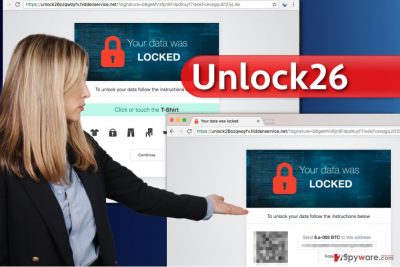
Another thing which is clear is that this ransomware is yet another extortion tool that cyber criminals employ to dig money illegally. Please, do not pay the ransom – there are a few good reasons why you shouldn’t. First of all, the ransomware crooks do not leave any contact information (no email address, no Bitmessage[5] address, nothing), therefore it is unlikely that victims can provide you with a ransomware antidote even if you pay up. We suggest you remove Unlock26 ransomware – the sooner, the better. Use FortectIntego or Malwarebytes software for that.
How does this ransomware spread around?
Unlock26 ransomware can easily infiltrate your computer in case you open a malicious email attachment[6] without thinking about possible consequences. Scammers can send you legitimate-looking files such as documents, program updates, archives, and other file types and convince you to open them by stating that they contain some relevant information that you should review immediately. Please, never open files sent to you by unknown individuals, no matter what the email message says. Ransomware can be distributed along with pirated software or installed to unsuspecting victims using exploit kits, too. To protect your computer from malicious attacks, secure the system with proper anti-malware tools. Finally, make sure you avoid “The HoeflerText font wasn’t found” alert and similar popups trying to convince you that one piece of your software is out of date. The previously-mentioned alert has been actively misused for spreading Spora ransomware, so there is no guarantee that it won’t be set to promote other malware.
How to remove Unlock26 ransomware?
Use the provided instructions to remove Unlock26 virus from your computer. Ransomware viruses are dangerous, and unlike typical and safe-to-use computer programs, they do not provide uninstallers. To delete them from your computer, you must use decent malware removal programs. However, it is not enough to have a powerful malware removal software – you need to prepare the computer for RaaS Unlock26 removal first. We suggest using these tips to complete the removal procedure without any errors or interruptions.
Getting rid of Unlock26 virus. Follow these steps
Manual removal using Safe Mode
Read these instructions first. You will need to remove Unlock26 ransomware while in Safe Mode with Networking, so reboot your PC into this mode first. Use the provided guidelines to complete this task.
Important! →
Manual removal guide might be too complicated for regular computer users. It requires advanced IT knowledge to be performed correctly (if vital system files are removed or damaged, it might result in full Windows compromise), and it also might take hours to complete. Therefore, we highly advise using the automatic method provided above instead.
Step 1. Access Safe Mode with Networking
Manual malware removal should be best performed in the Safe Mode environment.
Windows 7 / Vista / XP
- Click Start > Shutdown > Restart > OK.
- When your computer becomes active, start pressing F8 button (if that does not work, try F2, F12, Del, etc. – it all depends on your motherboard model) multiple times until you see the Advanced Boot Options window.
- Select Safe Mode with Networking from the list.

Windows 10 / Windows 8
- Right-click on Start button and select Settings.

- Scroll down to pick Update & Security.

- On the left side of the window, pick Recovery.
- Now scroll down to find Advanced Startup section.
- Click Restart now.

- Select Troubleshoot.

- Go to Advanced options.

- Select Startup Settings.

- Press Restart.
- Now press 5 or click 5) Enable Safe Mode with Networking.

Step 2. Shut down suspicious processes
Windows Task Manager is a useful tool that shows all the processes running in the background. If malware is running a process, you need to shut it down:
- Press Ctrl + Shift + Esc on your keyboard to open Windows Task Manager.
- Click on More details.

- Scroll down to Background processes section, and look for anything suspicious.
- Right-click and select Open file location.

- Go back to the process, right-click and pick End Task.

- Delete the contents of the malicious folder.
Step 3. Check program Startup
- Press Ctrl + Shift + Esc on your keyboard to open Windows Task Manager.
- Go to Startup tab.
- Right-click on the suspicious program and pick Disable.

Step 4. Delete virus files
Malware-related files can be found in various places within your computer. Here are instructions that could help you find them:
- Type in Disk Cleanup in Windows search and press Enter.

- Select the drive you want to clean (C: is your main drive by default and is likely to be the one that has malicious files in).
- Scroll through the Files to delete list and select the following:
Temporary Internet Files
Downloads
Recycle Bin
Temporary files - Pick Clean up system files.

- You can also look for other malicious files hidden in the following folders (type these entries in Windows Search and press Enter):
%AppData%
%LocalAppData%
%ProgramData%
%WinDir%
After you are finished, reboot the PC in normal mode.
Remove Unlock26 using System Restore
-
Step 1: Reboot your computer to Safe Mode with Command Prompt
Windows 7 / Vista / XP- Click Start → Shutdown → Restart → OK.
- When your computer becomes active, start pressing F8 multiple times until you see the Advanced Boot Options window.
-
Select Command Prompt from the list

Windows 10 / Windows 8- Press the Power button at the Windows login screen. Now press and hold Shift, which is on your keyboard, and click Restart..
- Now select Troubleshoot → Advanced options → Startup Settings and finally press Restart.
-
Once your computer becomes active, select Enable Safe Mode with Command Prompt in Startup Settings window.

-
Step 2: Restore your system files and settings
-
Once the Command Prompt window shows up, enter cd restore and click Enter.

-
Now type rstrui.exe and press Enter again..

-
When a new window shows up, click Next and select your restore point that is prior the infiltration of Unlock26. After doing that, click Next.


-
Now click Yes to start system restore.

-
Once the Command Prompt window shows up, enter cd restore and click Enter.
Bonus: Recover your data
Guide which is presented above is supposed to help you remove Unlock26 from your computer. To recover your encrypted files, we recommend using a detailed guide prepared by 2-spyware.com security experts.If you cannot access your files, the virus may have encrypted them. In such case, we recommend using following tips to restore the data. If you have data backups, just import files from them to the computer.
If your files are encrypted by Unlock26, you can use several methods to restore them:
Data Recovery Pro
If the virus corrupted your files and you can no longer open them, use this quick fix to restore at least part of your files.
- Download Data Recovery Pro;
- Follow the steps of Data Recovery Setup and install the program on your computer;
- Launch it and scan your computer for files encrypted by Unlock26 ransomware;
- Restore them.
Recreate from a system restore point
If you created a system restore point in the past, follow these guidelines to fix individual files now.
- Find an encrypted file you need to restore and right-click on it;
- Select “Properties” and go to “Previous versions” tab;
- Here, check each of available copies of the file in “Folder versions”. You should select the version you want to recover and click “Restore”.
Finally, you should always think about the protection of crypto-ransomwares. In order to protect your computer from Unlock26 and other ransomwares, use a reputable anti-spyware, such as FortectIntego, SpyHunter 5Combo Cleaner or Malwarebytes
How to prevent from getting ransomware
Choose a proper web browser and improve your safety with a VPN tool
Online spying has got momentum in recent years and people are getting more and more interested in how to protect their privacy online. One of the basic means to add a layer of security – choose the most private and secure web browser. Although web browsers can't grant full privacy protection and security, some of them are much better at sandboxing, HTTPS upgrading, active content blocking, tracking blocking, phishing protection, and similar privacy-oriented features. However, if you want true anonymity, we suggest you employ a powerful Private Internet Access VPN – it can encrypt all the traffic that comes and goes out of your computer, preventing tracking completely.
Lost your files? Use data recovery software
While some files located on any computer are replaceable or useless, others can be extremely valuable. Family photos, work documents, school projects – these are types of files that we don't want to lose. Unfortunately, there are many ways how unexpected data loss can occur: power cuts, Blue Screen of Death errors, hardware failures, crypto-malware attack, or even accidental deletion.
To ensure that all the files remain intact, you should prepare regular data backups. You can choose cloud-based or physical copies you could restore from later in case of a disaster. If your backups were lost as well or you never bothered to prepare any, Data Recovery Pro can be your only hope to retrieve your invaluable files.
- ^ Ransomware. Microsoft. Malware Protection Center.
- ^ Dean Takahashi. Ransomware has exploded thanks to Bitcoin’s anonymity. VentureBeat. Tech News That Matters.
- ^ The Rising Face of Cyber Crime: Ransomware. BITSIGHT Insights Report.
- ^ Julie Splinters. What is ransomware-as-a-service (RaaS)?. 2spyware. Security news and virus removal guides.
- ^ Bitmessage. Wikipedia. The Free Encyclopedia.
- ^ Miguel Ángel Mendoza. 5 practical tips to avoid ransomware in your email. WeLiveSecurity. IT security site covering the latest news, research, cyber threats and malware discoveries.
